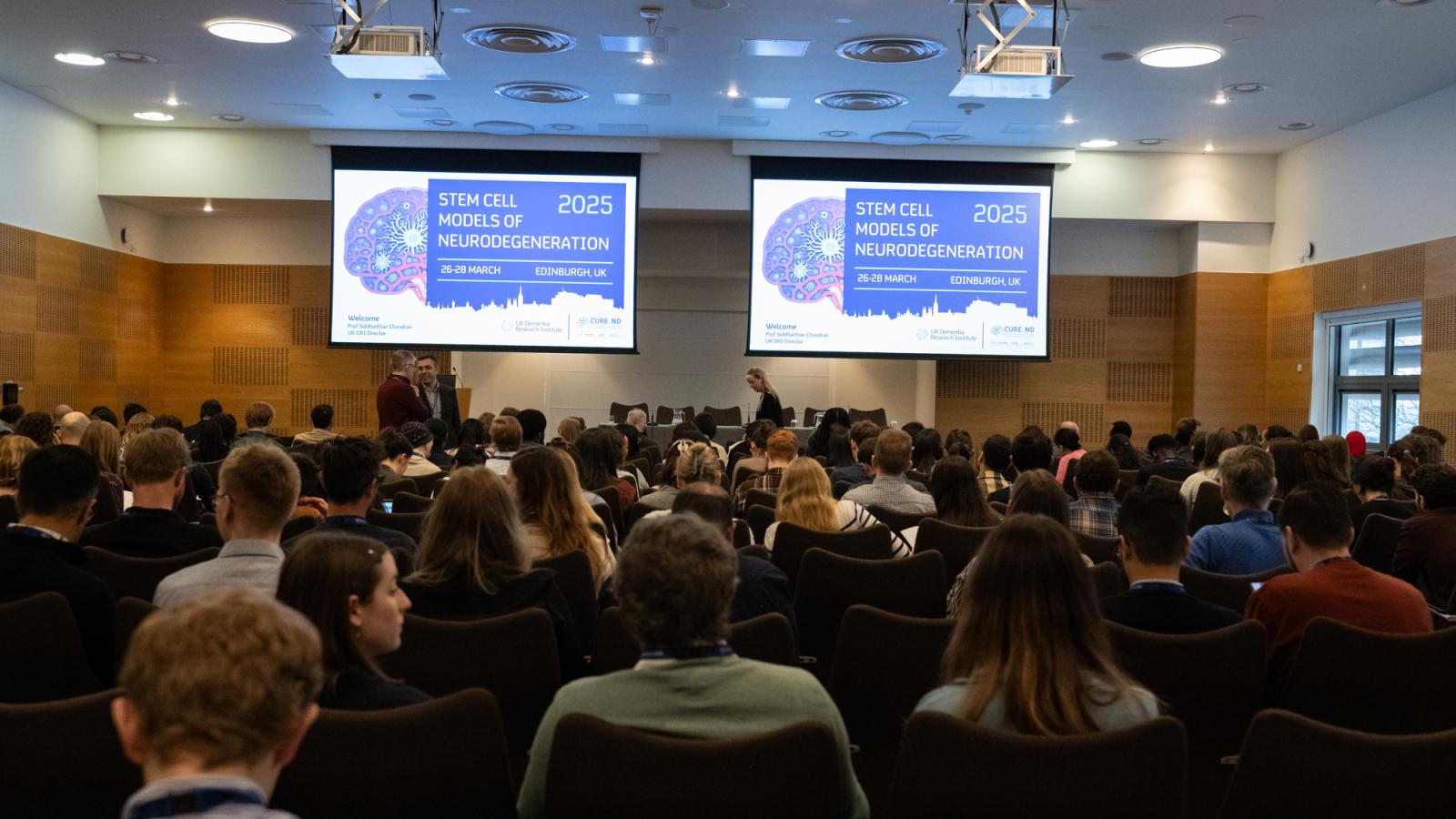Blog by Rebecca Casterton & Niamh O’Brien (SCMND 2025 Conference Committee Members)
Researchers from around the world convened in Edinburgh this March for the first ever ‘SCMND’ conference: a meeting designed to bring together researchers using stem cells to model neurodegenerative diseases. The packed 3-day programme covered everything from 2D and 3D culture models, emerging models and techniques, and panel discussions on the most pressing issues in this research community.
I couldn’t find a forum for people working with these models specifically in the field of neurodegeneration. So, with some friends and colleagues, we set out to make one!
Group Leader
Welcoming the global community
The conference was opened by Prof Siddharthan Chandran, Director of the UK DRI, who welcomed over 270 researchers from the Institute, CURE-ND partners and other global institutions. He highlighted the value of international collaborative research working towards influencing policy and changing misconceptions surrounding science. Prof Chandran also stressed the importance of using innovative cellular models to accelerate discovery and therapeutic development, as well as establishing indigenous stem cell banks in the fight against neurodegenerative disease.
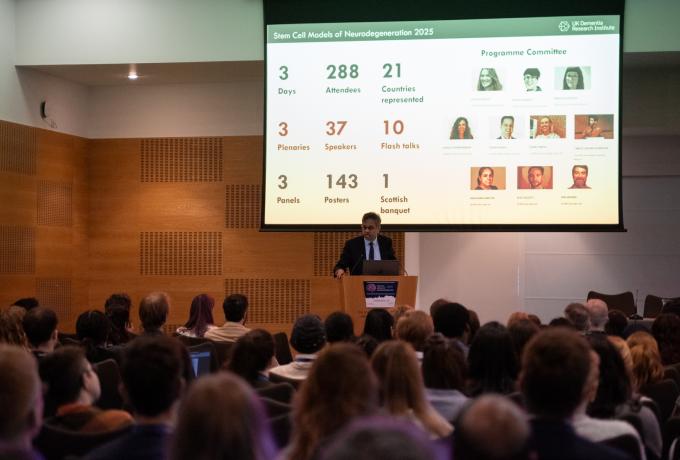
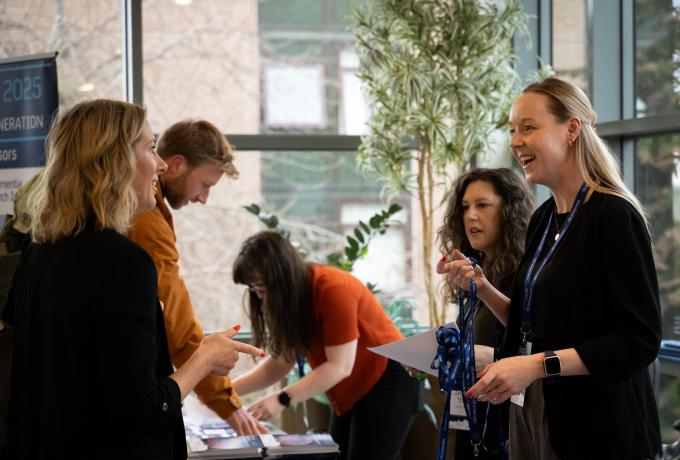

Inspirational keynotes
The conference had a trio of excellent keynote speakers. Prof Sonia Ghandi (UCL / Crick) kicked things off with a brilliant talk making the case for stem cell models as a translational tool, by demonstrating their use in ‘cross-checking’ mechanistic insights from post-mortem brain tissue spatial transcriptomics in Parkinson’s disease.
On day two, Dr Mahmoud Maina (University of Sussex & Yobe State University) shared his inspiring journey developing the first ever bank of African genetic ancestry stem cells in Nigeria and demonstrated a cautionary tale of disease insights we might miss if we fail to incorporate diverse genetic ancestry in our work.
Prof Sergiu Pasca (Stanford University) headlined the final day with a tour-de-force talk on neuronal assembloids as the tool of the future, outlining their group’s work at the frontier of developing models in the dish which mimic the complex functional interaction of different connected nervous system regions.
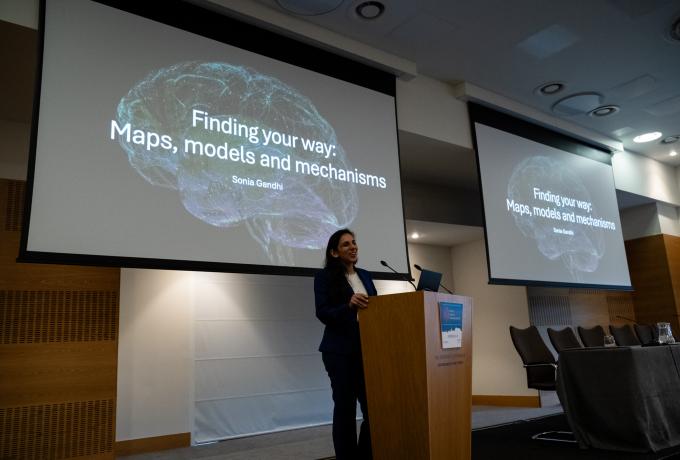
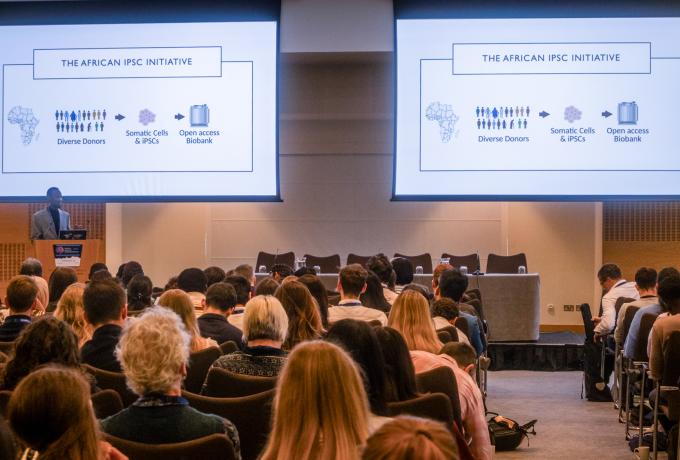
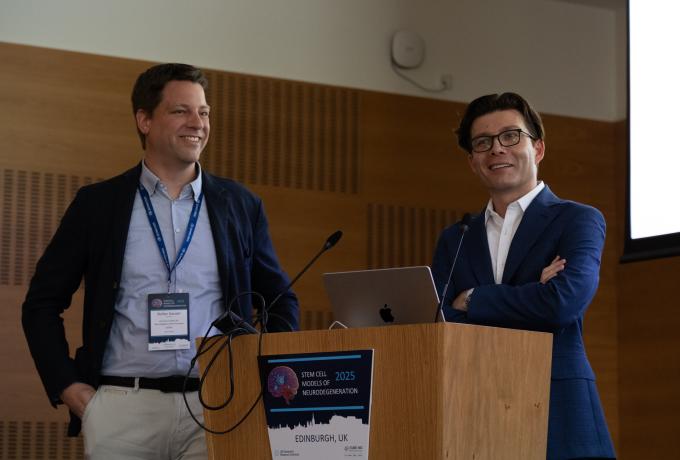
Tackling big questions in the field
The conference capitalised on having so many stem cell researchers in the neurodegenerative disease field in the same room, by using panel discussions on key topics as an opportunity to start community-wide conversations.
The panel team for Day one took a deep dive into the pros and cons of stem cell models in neurodegenerative disease research. Several interesting themes emerged from audience questions, including: new ideas on how to effectively model ageing, boosting collaboration with bioengineers to accelerate improvement of our models, and a need for community consensus on ‘what counts as an N number in vitro?!’. There was resounding agreement from all participants on the need for consistency in the generation of new stem cell lines, highlighting the need for robust quality control to ensure validity and strength of findings.
Day two's panel tackled the question: ‘How can we translate iPSC models to drug discovery, development and therapeutic approval?’ This included discussion on existing modernisation acts of clinical trial legislation allowing immediate progression from in vitro studies to clinical trial. There was also reflection that the clinical trial process should be more of a ‘closed loop’ instead of a ‘one way street’, with stem cell studies being a powerful tool to go back and explore differences between trial responders and non-responders which emerge in trial.
Day three focused on ‘how can we improve diversity in iPSC models?’, following a showcase of speakers from underrepresented populations around the world highlighting the barriers to development of diverse genetic ancestry stem cell lines outside of Europe and North America. Discussion ranged from the importance of input from researchers from underrepresented populations in development of field-wide standards and frameworks, and the need for reporting databases to facilitate global knowledge-sharing of phenotype results in different genetic ancestry cell models.
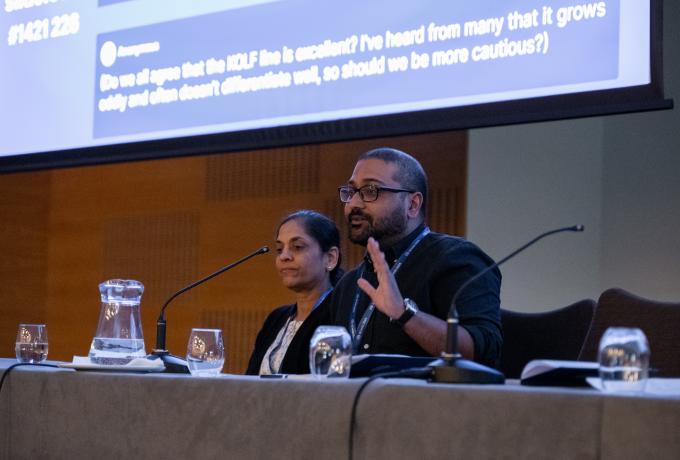
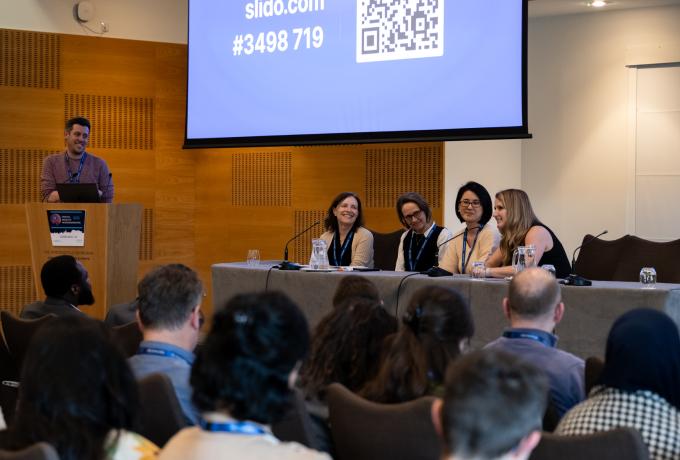

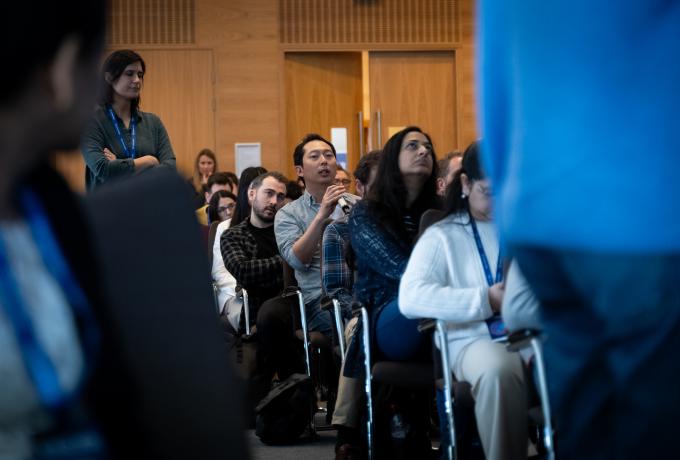
Emerging talent and networking opportunities
In addition to the 3-day jam packed schedule, there were five poster sessions showcasing research into emerging models and advances being made from both early career researchers and leaders in the field. This provided a vital opportunity for development for younger researchers to present their work and network with peers.
Congratulations to winners of the inaugural poster prizes:
- Sam Washer (Sanger Institute, UK)
- Sascha Koppes-den Hertog (Vrije University, Amsterdam)
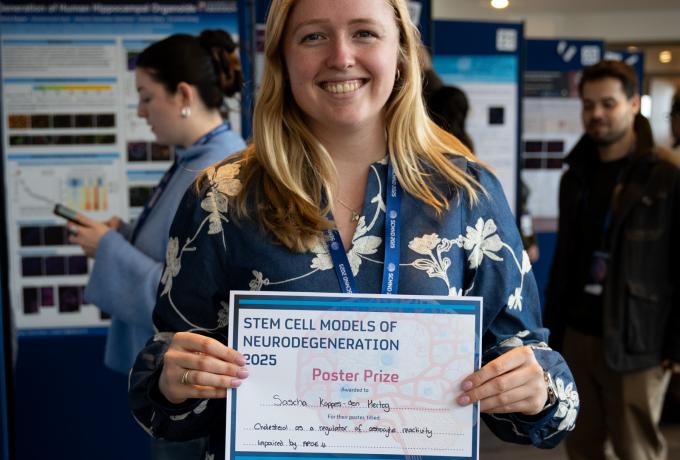
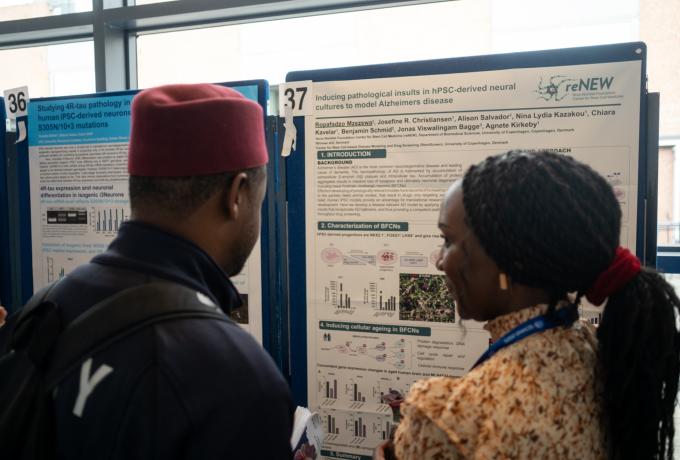
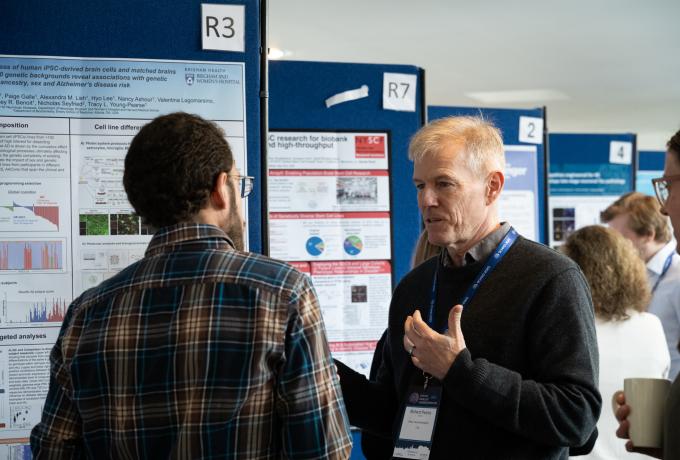
Next steps for SCMND
SCMND provided a valuable opportunity to bring together both longstanding stem cell model researchers in the field and those new to stem cell modelling. Whether just starting out in early career stages, or perhaps having pivoted into new techniques, the programme had something for everyone and plenty of networking opportunities to gather valuable stem cell culturing tips and tricks.
‘As a researcher who has fairly recently moved into iPSC modelling, I found the meeting very interesting and informative, and appreciated the breadth of work shown.’
‘This was one of the best and most relevant conferences I have attended in the last 5 years.’
SCMND appears to have made a global impression despite this being only its first outing: many attendees cited the strong international representation in the program as a conference highlight.
‘It identified massive gaps in resources, which is not unknown; however, having invited speakers worldwide puts things into perspective.’
‘Overall, I really enjoyed the meeting. It was great to hear about the work being done to improve diversity in iPSC lines and the speakers were brilliant.’
Overall, the meeting was a resounding success: 100% of feedback responders said they would attend again and only disagreed on whether SCMND should be held every year or every 2 years.
So, watch this space and look out for SCMND as a regular addition to the UK DRI and CURE-ND events calendar!
A selection of photos from the event can be found here.
Sign up to our newsletter
Join the mailing list for the monthly 'Inside Eye on UK DRI' e-newsletter to stay up to date on all the latest research, events and opportunities from the UK DRI.

